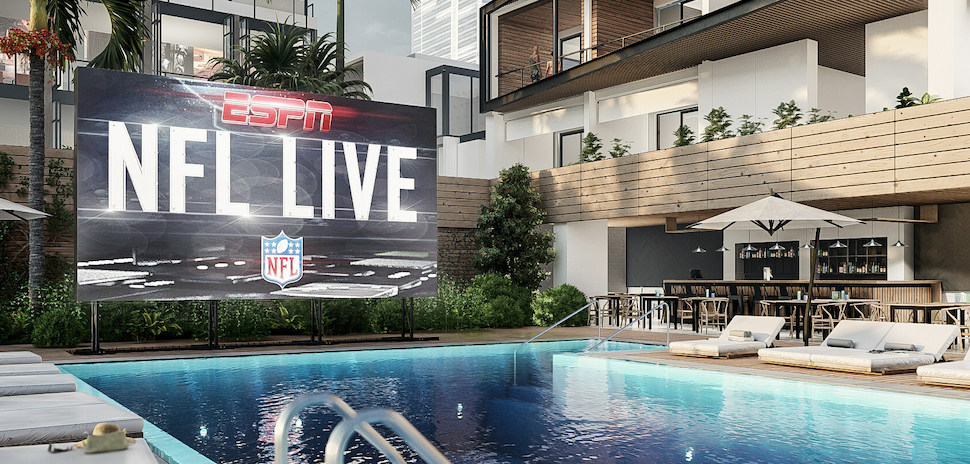Demystifying LED Panel Surface Brightness Metrics for Ideal Screen Performance
Demystifying LED Panel Surface Brightness Metrics for Ideal Screen Performance
Blog Article
LED wall panels are increasingly popular in different settings, from homes and businesses and communal areas. Such panels tend to be recognized due to the vivid as well as vibrant displays, which make these suitable for conveying information, advertisements, and engagement. Nevertheless, understanding the brightness measurements of LED wall panels is essential for ensuring ideal visual performance. Brightness is quantified using metrics known as nits, which indicate how much light is emitted by a panel. The higher the quantity of candelas, the brighter a display will be. For, example, a panel boasting one thousand nits is significantly brighter than one featuring 500 nits, rendering it more suitable for well-lit settings.
As you choosing an LED wall screen, one is important to take into account the setting in that the screen will be placed. For well-lit lit areas, such as shopping malls or open-air locations, higher increased luminosity level becomes essential to ensure visibility. Conversely, in dimmer environments, such as theaters and conference rooms, a lower brightness rate may suffice. This is because excessive luminosity in an dim setting may lead in viewer discomfort among the audience, making it more difficult for concentrate on the display. Therefore, understanding the specific needs for an setup site will aid with selecting a suitable brightness level for optimal viewing experience.
Another important factor to consider is the contrast proportion in an Light Emitting Diode panel screen. This ratio ratio measures the difference between the brightest light versus the darkest black shade which a panel can produce. A higher contrast proportion means that the display is capable of present greater detail and depth, which improves general visual clarity. For instance, a panel with a differential proportion at ten thousand to one will display images with greater brilliant hues and crisper details compared to a featuring a ratio of look what i found 1,000:1. This becomes especially crucial in instances where displaying images or motion graphics which demand greater clarity and detail, including slideshows and promotional content.
Moreover, the technology behind Light Emitting Diode panel screens plays a essential part for their brightness as well as total efficiency. Various types of LED methods, including Organic Light Emitting Diode as well as LCD, have unique characteristics which affect how luminosity is experienced. Organic Light Emitting Diode panels typically provide superior differential and deeper shades, thereby can enhance a viewing experience in darker environments. Conversely, standard LED panels may prove to be better for bright spaces due to their capacity for produce higher amounts in brightness. Understanding these tech-related differences will guide users in making knowledgeable decisions based on their individual requirements.
Finally, regular care and calibration of Light Emitting Diode wall panels can help preserve ideal illumination and efficacy long-term. Dust and particles can accumulate in the screen, impacting the illumination as well as clarity in a display. Regular washing and professional adjustment can ensure the the panel functions at its optimal, providing consistent visual clarity. Additionally, certain sophisticated Light Emitting Diode wall panels feature with integrated options that enable users to modify brightness settings more as well as color adjustments according to their wants. By implementing these steps, operators can guarantee that their LED panel panels deliver an best visual efficiency, regardless of where environment where which they are placed.